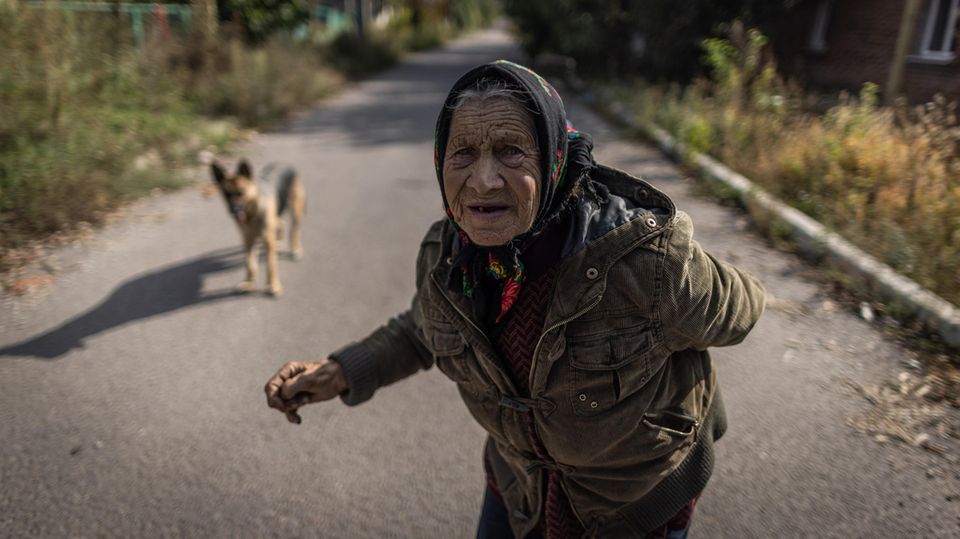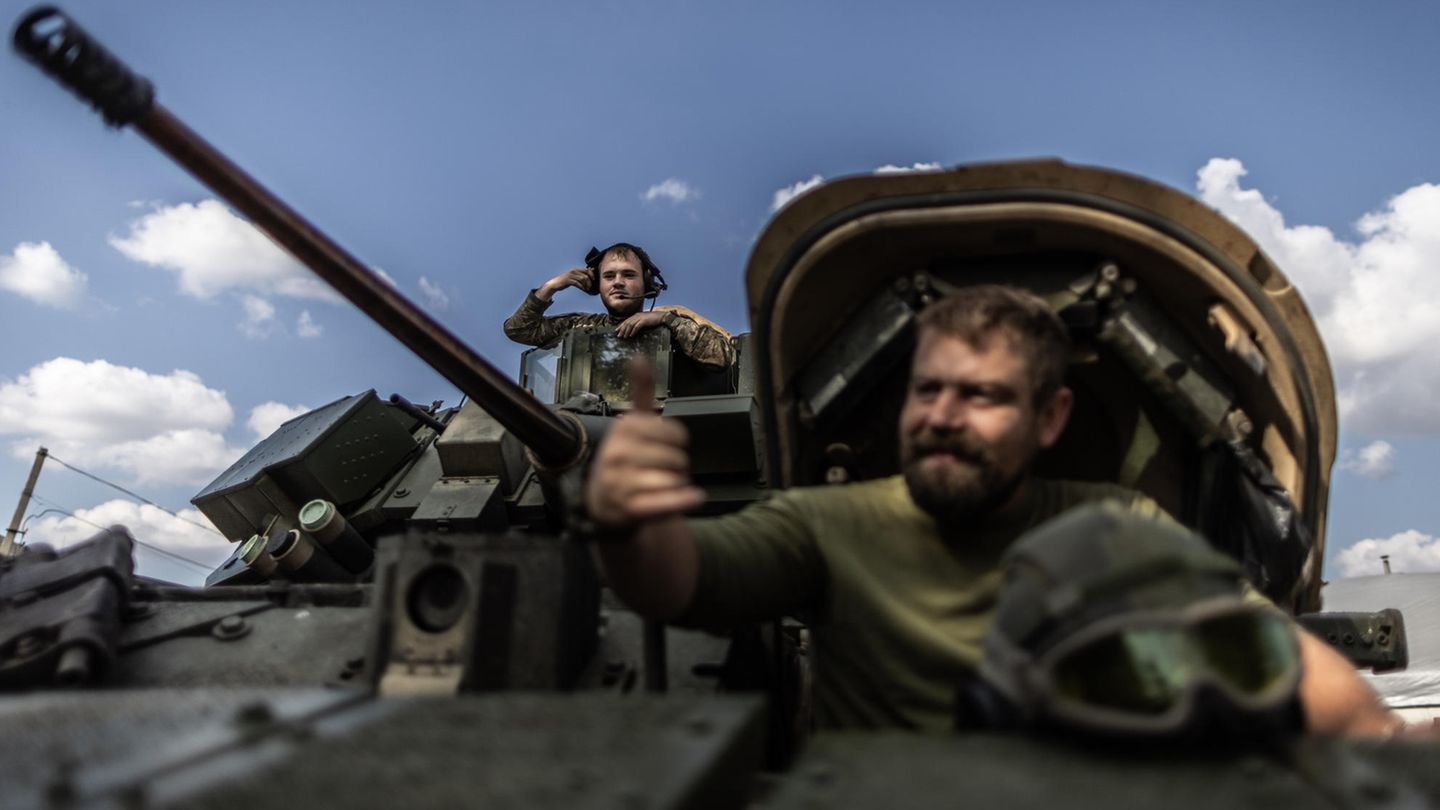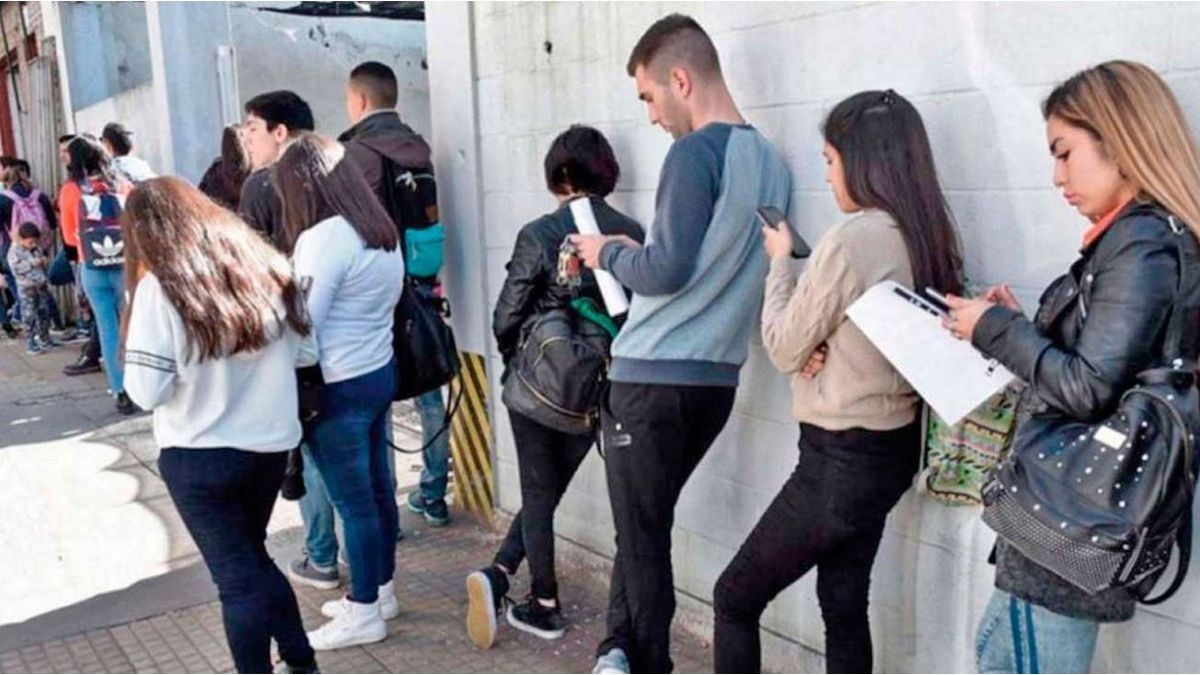“The fighting is intense, very intense,” says the driver of an armored personnel carrier. The Ukrainian counteroffensive is making slow progress. How long do you have to make decisive breakthroughs against the Russian anti-tank barriers? A site visit.
The Ukrainian army’s major offensive against the Russian attackers is making slow progress despite Western arms support. The battles against the dug-in Russian units protected by anti-tank barriers are bloody and arduous – as was the case in the small front-line town of Orikhiv south of Zaporizhzhia. There, Ukrainian soldiers want to push the attackers out of the land corridor to the Crimean peninsula. Every few minutes, Russian shells fall between bombed-out houses, collapsed roofs and walls littered with shrapnel and burn marks. Columns of smoke rise into the sky above the rubble field.
“The fighting is intense, very intense”
A “Bradley” armored personnel carrier provided by the USA drives past on rattling tracks in the center of the community, which was once inhabited by around 14,000 people. The soldiers are on the way to the front line, which is now behind the next town. The team stops briefly and wants to talk. “The fighting is intense, very intense,” said the driver. And this: He received his training at a military training area in Germany. He gives a thumbs up. According to Ukrainian information, there are three Russian regiments opposite, including airborne troops, which have already been repelled.
Civilians can hardly be seen among the ruins in Orichiw. Flatbed trucks and armored vehicles painted green race over potholes and past soldiers using the ruins as cover. A single man rides a bicycle. Only Dina, an older woman, walks between the ruins with her back hunched, accompanied by an aggressively barking German Shepherd mix. “I live alone,” she says and asks for medication. She is 60 years old, she says. Dina seems badly drawn.
The country south of Orikhiv is among the areas where Russian soldiers are being pushed back without the front having collapsed. And yet NATO Secretary General Jens Stoltenberg confirmed that Ukraine had made progress in the counteroffensive. Although the soldiers made slower progress than hoped, they gained ground of 100 meters per day. “And we must not forget the beginning: at the beginning the Russian army was the second strongest in the world. Now it is the second strongest in Ukraine,” he said.
Remarkable precision attacks behind the front lines
Progress cannot only be counted in meters and villages. In recent days, Ukraine has succeeded in carrying out remarkable precision attacks well behind the front. The Ukrainian army is also relying on the systematic destruction of Russian landing craft. This is probably not to prevent a possible landing operation, but rather to make it more difficult to supply the Crimean peninsula from Russia if the Ukrainians succeed in destroying the Crimean bridge over the Kerch Strait.

Last year, three landing ships were at least damaged in the port of Berdyansk. With attacks on one of the landing ships in the Russian port of Novorossiysk in August and on September 13 in the dry dock of Sevastopol, Ukraine further reduced the enemy’s potential transport options. At the same time, Russian air defense was weakened with successful drone and missile attacks, especially in the west of the peninsula. Part of the operation also included the dismantling of Russian radar systems by Ukrainian special operations forces on oil platforms west of Crimea.
Now Ukraine is waiting for the release of US-made surface-to-surface missiles with a range of 300 kilometers and, above all, Taurus cruise missiles from Germany with a range of up to 500 kilometers. Stronger strikes against the railway and road bridges from the Russian mainland to Crimea are then becoming increasingly possible. The connection from Russia could possibly be largely cut off.
Because at a relatively safe distance from Ukrainian artillery, Russia has so far only been able to use a major road connection in occupied southern Ukraine, i.e. on the land route to Crimea. A disruption in Russian logistics to Crimea could give new momentum to the sluggish advance of Ukrainian troops in the Zaporizhia region.
The mud will come in a month
However, time is also running: US Chief of Staff Mark Milley said a few days ago that the Ukrainian armed forces probably still had 30 to 45 days to launch their counteroffensive before the weather could complicate combat operations. In about a month cold and rain would come, then it would become muddy.
Things could also become more difficult politically. In the medium term and depending on the outcome of the US election next year, Western military aid could even come under scrutiny. And Germany is threatened with intensified discussions if left-wing politician Sahra Wagenknecht founds a party and receives greater support.
Infographics
Leopard 2, Challenger, Abrams and Co.: Data, facts and functions of various weapon systems
Another complicating factor on the Ukrainian side is the increasingly high number of losses. A statement by the head of the military district replacement office in the central Ukrainian region of Poltava was startling. “For example, out of 100 men who were drafted last fall, 10 to 20 remained,” Vitaly Berezhnyi said at a recent city council meeting. The others are either dead, wounded or otherwise unable to fight.
The mobilization plan for the city of Poltava was only 13 percent fulfilled. In his introductory speech, the newly appointed Defense Minister Rustem Umjerow recently put the number of soldiers in the army at 800,000. In total, a million Ukrainians are said to be under arms.
Soldiers are becoming scarce in Ukraine
The time of long queues in front of Ukrainian recruiting offices is over. The mobilization of new soldiers is now often carried out by service order. Three mobilized men are sitting at a helper base in Zaporizhia. They are not volunteers. Yevhen, 39, with long scars on his wounded left arm, has the military operation behind him for now. “We held a position. A mortar shell exploded three meters in front of me. A flash, then it was all over. Only my vest and helmet saved me,” he says. Yevhen was previously a construction worker. Serhij, 42, and Mykolaj, 52, still have the mission ahead of them. They listen and remain silent. You don’t seem well.
Source: Stern
I have been working in the news industry for over 6 years, first as a reporter and now as an editor. I have covered politics extensively, and my work has appeared in major newspapers and online news outlets around the world. In addition to my writing, I also contribute regularly to 24 Hours World.




